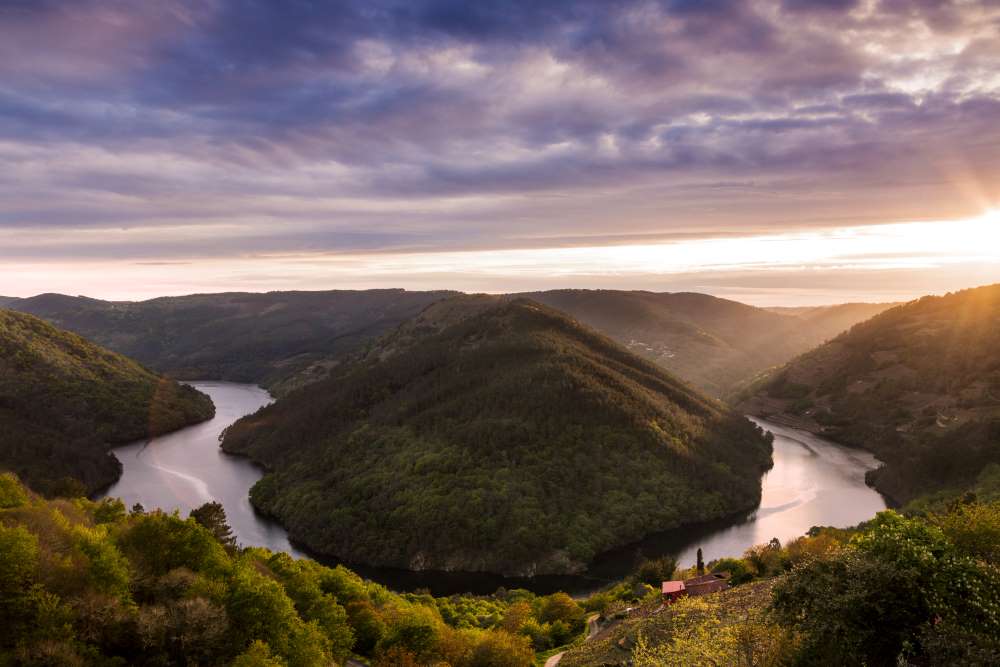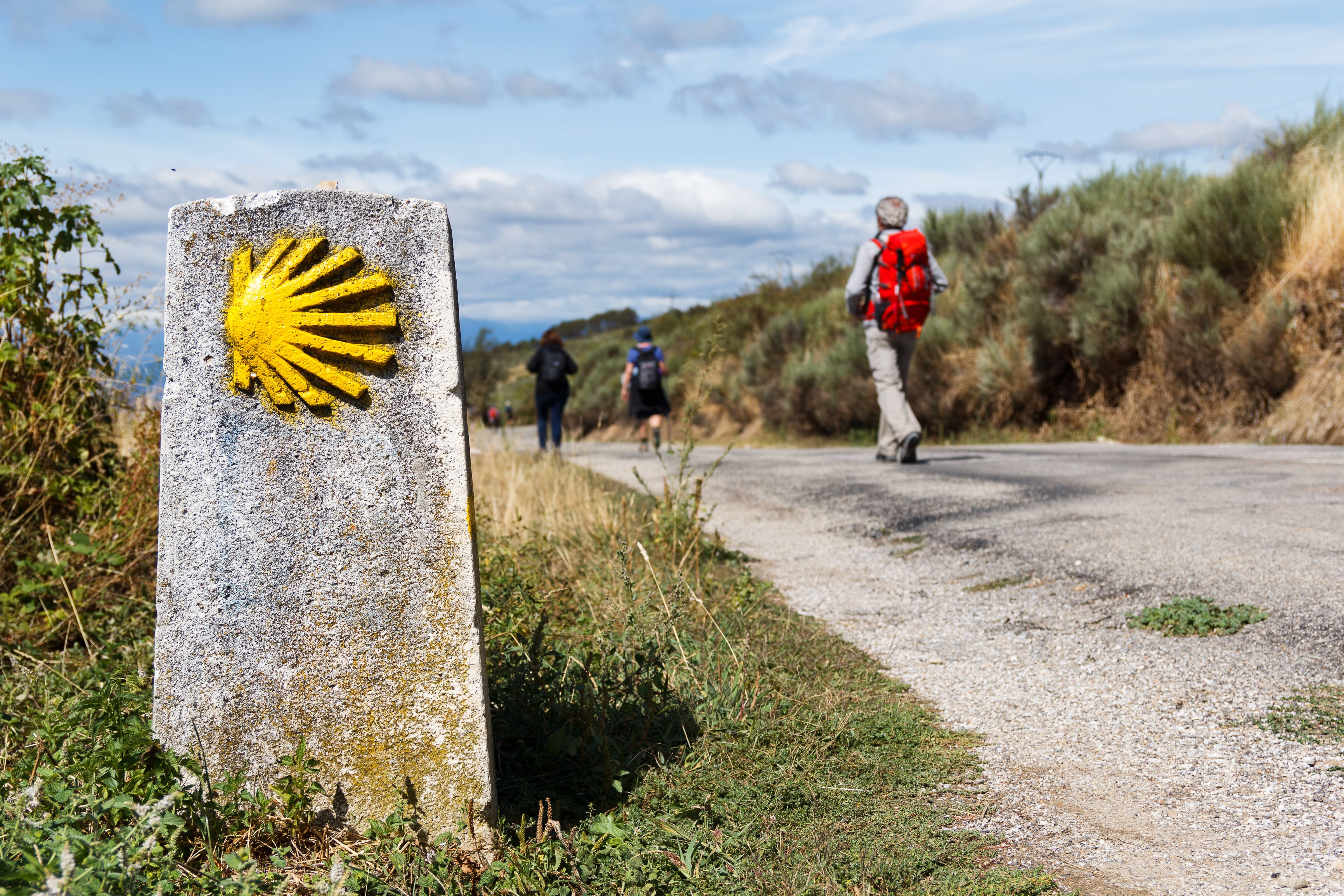The Camino de Invierno, also known as the Winter Way, is a lesser-known and less-traveled alternative route to the traditional Camino Frances, which leads to the final destination of Santiago de Compostela in northwestern Spain. The route was historically used by pilgrims during the winter months to avoid the harsh weather conditions and find safer paths through the rugged terrain.
One of the main attractions of the Camino de Invierno is its diverse and breathtaking landscapes. The path takes pilgrims through dense forests, rolling hills, picturesque valleys, and charming villages, providing a closer connection to nature and rural life – walkers can enjoy a sense of tranquility and seclusion, making it a perfect option for those seeking a more introspective and reflective journey.
One unique aspect of the Camino de Invierno is the chance to visit thermal baths in the town of Ourense. The hot springs offer a rejuvenating experience, allowing weary pilgrims to relax and revitalize their bodies after long days of walking.



















Share on: